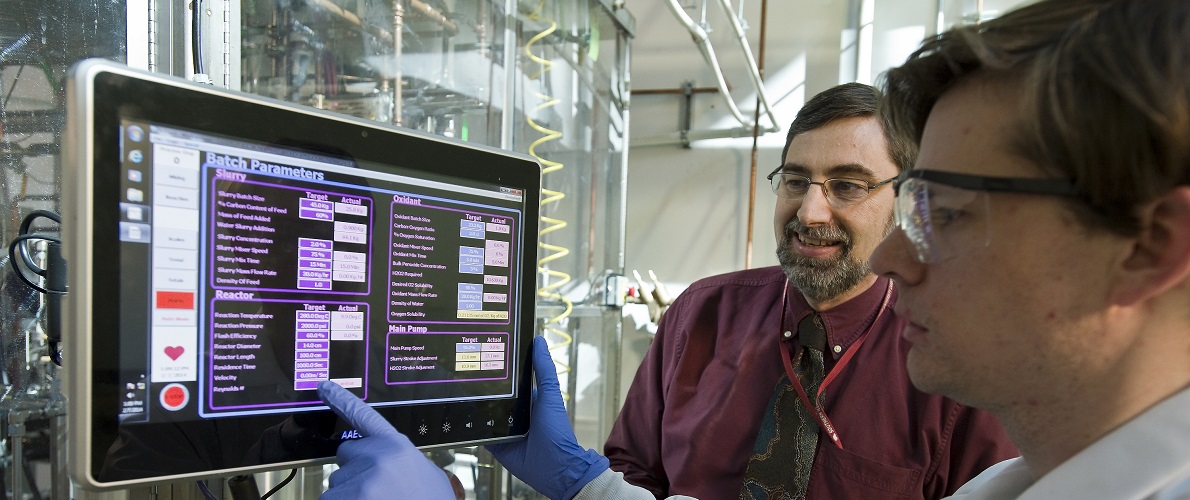
Ever had trouble with that foreign language class, or picking up the language on a trip abroad?
Though there are a variety of software programs available to assist language learning, there has yet to be a breakthrough in independent pronunciation help. Students looking to improve on personally important phrases are left without many options.
That is, until Shannon McCrocklin, assistant professor of linguistics at Southern Illinois University Carbondale, found a little trick to assist her students, and open the door for future advancements.
Speech recognition software is already used in every day life
Automatic speech recognition (ASR) has become a normal part of the modern world. It is used in computer hardware and software-based techniques to identify and process the human voice, and primarily works to convert spoken words into computer text. A person might utilize this system in voice-to-text actions on their phone, as well as automated phone calls, dictation programs, applications and other software.
Realizing the potential in this technology, McCrocklin began researching how it could be used for language learners and found that speaking with an ASR system gives students more freedom and independence.
ASR guides student’s independent study time
When students use a dictation program to repeat their pronunciation, they can practice more autonomously and are more comfortable, McCrocklin explained. It can be intimidating to be corrected by an instructor.
The basic process is really quite a simple. A student uses a program they already have access to, such as Google Docs or Word, and then they speak the phrases and check the accuracy of the dictation. If the program transcribes the words correctly, the student knows they are on the right path. But if mistakes are present, the student repeats the process until the phrases are recorded successfully.
While this does not correct the pronunciation, McCrocklin believes it has the unique ability to let students choose their own focus.
Students become empowered and can practice on their own, McCrocklin explained. They get some form of feedback, and can repeat the process with the phrases and words they want to say.
While other software programs are available for learners, students are often stuck repeating the same basic phrases that are automatically fed to them. This independent method allows students to practice the words and phrases that mean the most to them.
Recent students have used this method by reading famous poems or political speeches, and have had much success improving their language use and pronunciation.
Research serves as follow-up to older study
About 20 years ago, this idea of using of using ASR for language learning was carefully examined by researchers. But at that point, the accuracy was too low for it to be productive. Now, with improved technology, the limits are being removed and new developments are available.
“We are trying to move forward as a field to this point where artificial intelligence could chat with someone and be basically their pronunciation tutor, if they want it,” McCrocklin said.
New research has recently explored this method of learning, and McCrocklin is hopeful for additional progress in the near future. By creating more efficient computer hardware and software programs, she believes the possibilities are limitless for new language learners.







